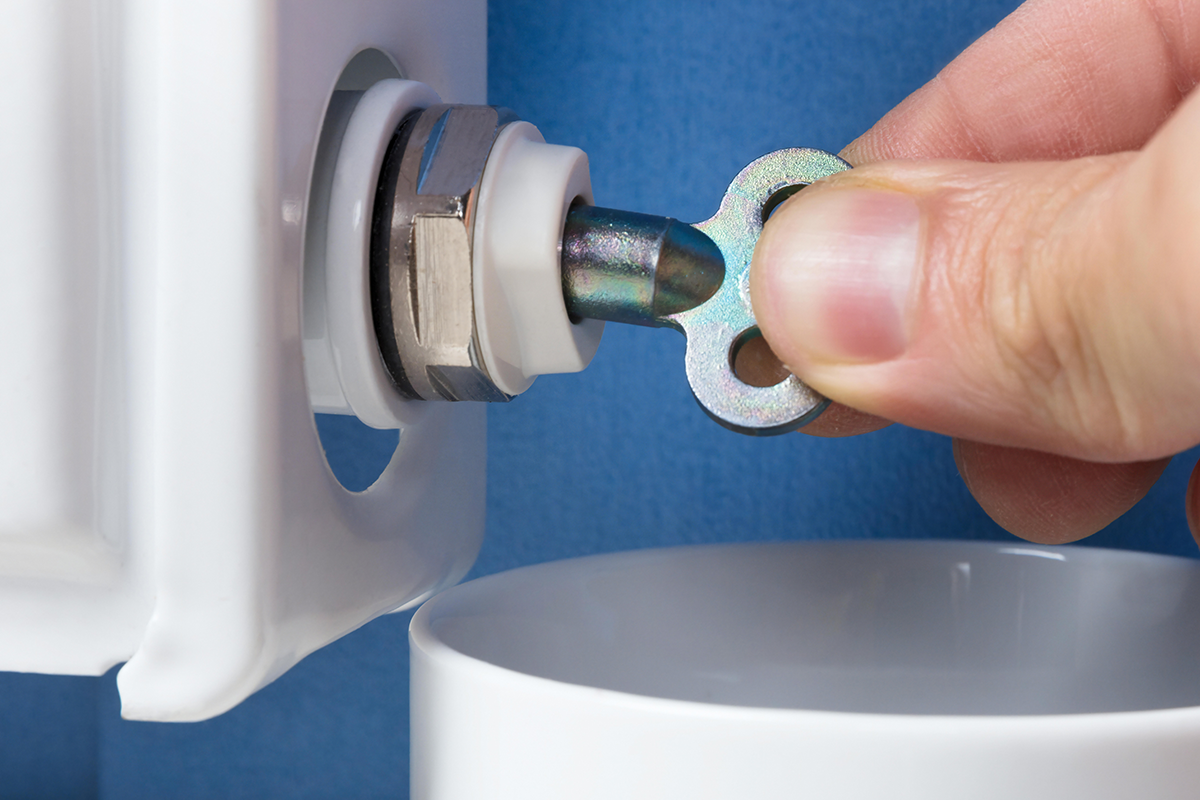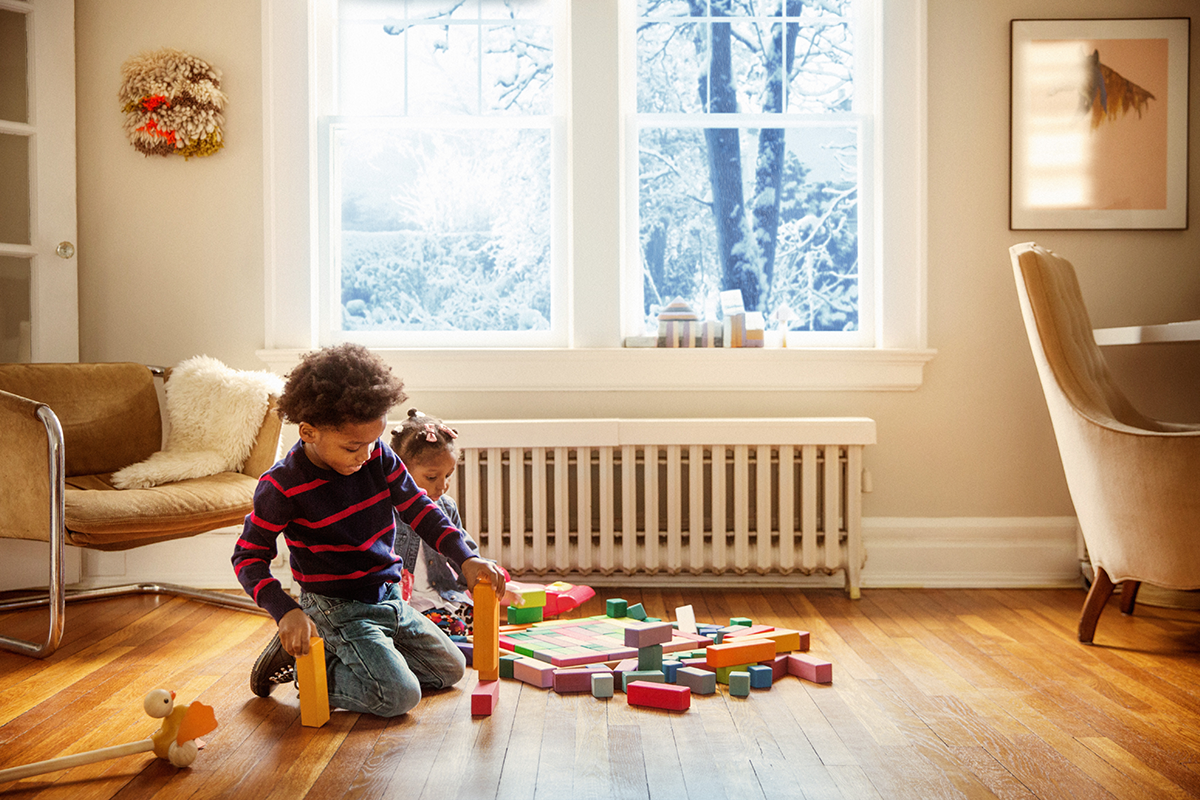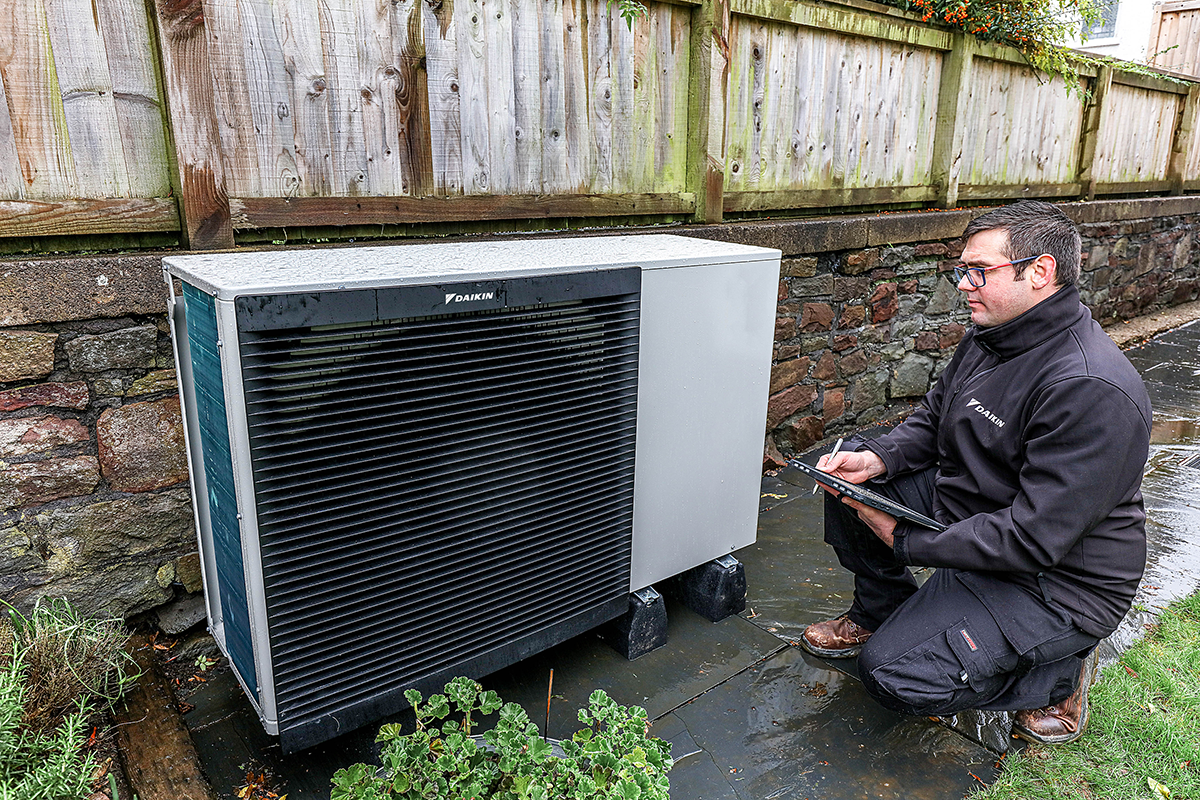How to bleed a radiator (and why it can save you money)
Bleeding your radiators is the smart way to save energy and stay warm.

As energy bills continue to rise, many homeowners are searching for effective ways to keep their homes warm without breaking the bank. One often-overlooked solution is bleeding your radiators. It’s a straightforward task that can enhance heating efficiency and reduce energy consumption.
Why bleeding your radiators matters
Over time, air can become trapped in your radiators, leading to cold spots and uneven heating. This trapped air forces your heating system to work harder, increasing energy usage and costs. By bleeding your radiators, you release this air, allowing hot water to circulate freely and heat your home more effectively.
Signs your radiator needs bleeding
Wondering if your radiators require bleeding? Look out for these common indicators:
- Cold spots at the top of the radiator while the bottom remains warm
- Gurgling or rattling noises when the heating is on
- Radiators taking longer than usual to heat up
- Damp patches or mould on walls near radiators
If you notice any of these signs, it's likely time to bleed your radiators.
How to bleed a radiator: A step-by-step guide
Bleeding your radiators is a simple DIY task that requires minimal tools. All you need is a radiator key and an old towel. A radiator key is a small, square-holed tool (often metal or plastic), and you can find one at most DIY stores, online, or in some home toolkits.
Steps:
- Turn off your heating system and allow the radiators to cool completely.
- Place a cloth or towel beneath the radiator valve to catch any drips.
- Insert the radiator key into the bleed valve, typically located at the top corner of the radiator.
- Slowly turn the key counter-clockwise. You'll hear a hissing sound as air escapes.
- Once water begins to trickle out, turn the key clockwise to close the valve.
- Repeat the process for all radiators in your home.
- After bleeding, check the pressure on your heating system and adjust if necessary.
Regularly bleeding your radiators ensures optimal performance and can lead to significant energy savings.
Small task, big savings
Keeping your radiators in top condition isn’t just about comfort. It can also help cut your energy bills. When radiators aren’t working efficiently, your heating system has to work harder to heat your home. By bleeding them regularly, you make sure your system is running as it should, using less energy to produce the same amount of warmth. That means lower monthly costs and less wear on your heating system over time.
Pair this with good insulation and smart thermostat use, and you could see a noticeable difference in both your energy use and your comfort levels.

Keeping your home cosy
We all want a home that feels warm and comfortable, especially when the weather turns chilly. While little things like bleeding your radiators can make a big difference, it also helps to have a heating system that works efficiently behind the scenes.
That’s where Daikin comes in. Our heat pump systems are designed to keep your home cosy while using less energy, so you stay comfortable and save in the long run.

